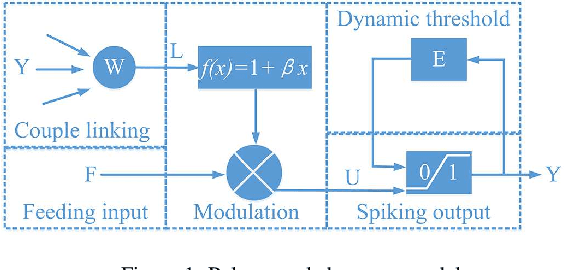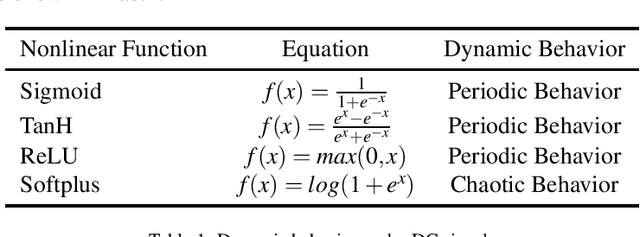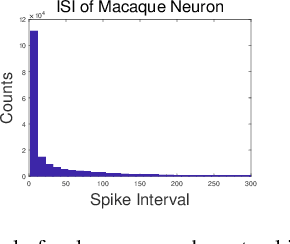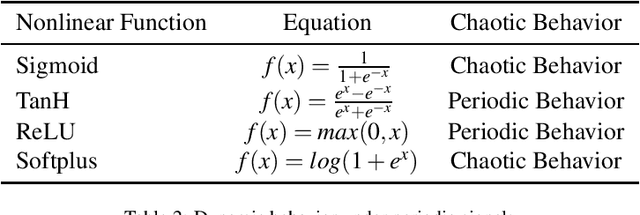Yide Ma
Unveiling A Core Linguistic Region in Large Language Models
Oct 23, 2023



Abstract:Brain localization, which describes the association between specific regions of the brain and their corresponding functions, is widely accepted in the field of cognitive science as an objective fact. Today's large language models (LLMs) possess human-level linguistic competence and can execute complex tasks requiring abstract knowledge and reasoning. To deeply understand the inherent mechanisms of intelligence emergence in LLMs, this paper conducts an analogical research using brain localization as a prototype. We have discovered a core region in LLMs that corresponds to linguistic competence, accounting for approximately 1% of the total model parameters. This core region exhibits significant dimension dependency, and perturbations to even a single parameter on specific dimensions can lead to a loss of linguistic competence. Furthermore, we observe that an improvement in linguistic competence does not necessarily accompany an elevation in the model's knowledge level, which might imply the existence of regions of domain knowledge that are dissociated from the linguistic region. Overall, exploring the LLMs' functional regions provides insights into the foundation of their intelligence. In the future, we will continue to investigate knowledge regions within LLMs and the interactions between them.
A Novel Neuron Model of Visual Processor
Apr 15, 2021



Abstract:Simulating and imitating the neuronal network of humans or mammals is a popular topic that has been explored for many years in the fields of pattern recognition and computer vision. Inspired by neuronal conduction characteristics in the primary visual cortex of cats, pulse-coupled neural networks (PCNNs) can exhibit synchronous oscillation behavior, which can process digital images without training. However, according to the study of single cells in the cat primary visual cortex, when a neuron is stimulated by an external periodic signal, the interspike-interval (ISI) distributions represent a multimodal distribution. This phenomenon cannot be explained by all PCNN models. By analyzing the working mechanism of the PCNN, we present a novel neuron model of the primary visual cortex consisting of a continuous-coupled neural network (CCNN). Our model inherited the threshold exponential decay and synchronous pulse oscillation property of the original PCNN model, and it can exhibit chaotic behavior consistent with the testing results of cat primary visual cortex neurons. Therefore, our CCNN model is closer to real visual neural networks. For image segmentation tasks, the algorithm based on CCNN model has better performance than the state-of-art of visual cortex neural network model. The strength of our approach is that it helps neurophysiologists further understand how the primary visual cortex works and can be used to quantitatively predict the temporal-spatial behavior of real neural networks. CCNN may also inspire engineers to create brain-inspired deep learning networks for artificial intelligence purposes.
 Add to Chrome
Add to Chrome Add to Firefox
Add to Firefox Add to Edge
Add to Edge